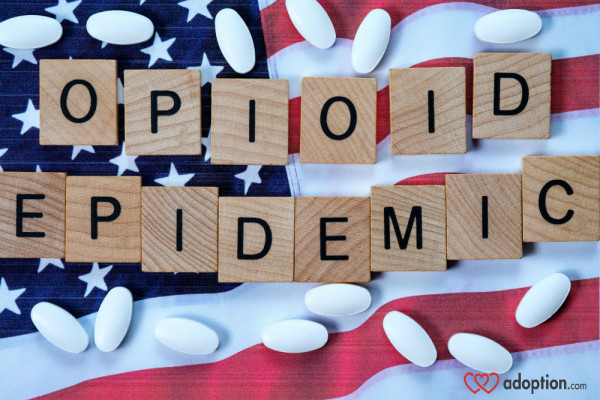Near a busy thoroughfare in my county, there’s a sign that looks a little out of place. It’s simple, mostly black and white, a somewhat stark contrast to all of the neon signs and advertisement and branding that’s so close by. The message is simple, mostly about two statistics: the number of overdoses and lives lost in our county this year due to heroin and opioids. And the numbers are staggering, especially because this is here, where I live, in my community.
But every time I see the sign, I can’t help but think of the other victims. Babies born and immediately facing the pain of withdrawal from chemical substances introduced in utero. Children and teenagers brought into foster care because a parent’s addiction made it impossible for them to be safe at home. Kids who are taught to use at an early age, joining a legacy of drug use passed down from generation to generation.
Around the country, there are county foster care systems taxed to their limit trying to respond to this nation’s opioid crisis. Foster families, some of them already maxed out, answering the call to take just one more child. Social workers with huge caseloads and far more to do than time in the day. Court systems trying to balance the needs of the child for stability and permanence, and the realistic amount of time it takes to get sober and rebuild a life destroyed by addiction.
The extent of the impact of this crisis, whether at a local or national level, is staggering. It should overwhelm us and cause us to wonder what we can do to help. There are about as many ways to dive in as there are people who need help, but this is the way I choose: I’m a foster parent.
Every time a new child comes into my home, my hope is that this will be a wake-up call for their parents. I pray that between the loss they are experiencing, the accountability and services coordinated by their child’s social worker, and the removal of the day-to-day responsibilities of caring for that child, that somehow, they’ll be able to dig out of the hole of addiction.
It doesn’t turn out that way all of the time, or maybe even most of the time. And when it doesn’t, when the legacy of drug use doesn’t stop with the parent, I desperately hope that it can stop with the child. This is why the job of a foster parent is much more than just keeping a child safe and providing for his or her day-to-day needs. It includes helping him find stability and healing, dealing with the mental and emotional and physical effects of drug exposure and neglect, and teaching him to understand the dangers and consequences of drug use, all in the hope he makes different choices.
The need is overwhelming, certainly. But like any crisis facing a community, we all have a role to play. And maybe this is the way we overcome—one child at a time.
Additional Reading:
Opioid Crisis Displacing Thousands of Children
Grandparent Adoptions on the Rise Due to Opioid Crisis
Senate Passes the Supporting Grandparents Raising Grandchildren Act

